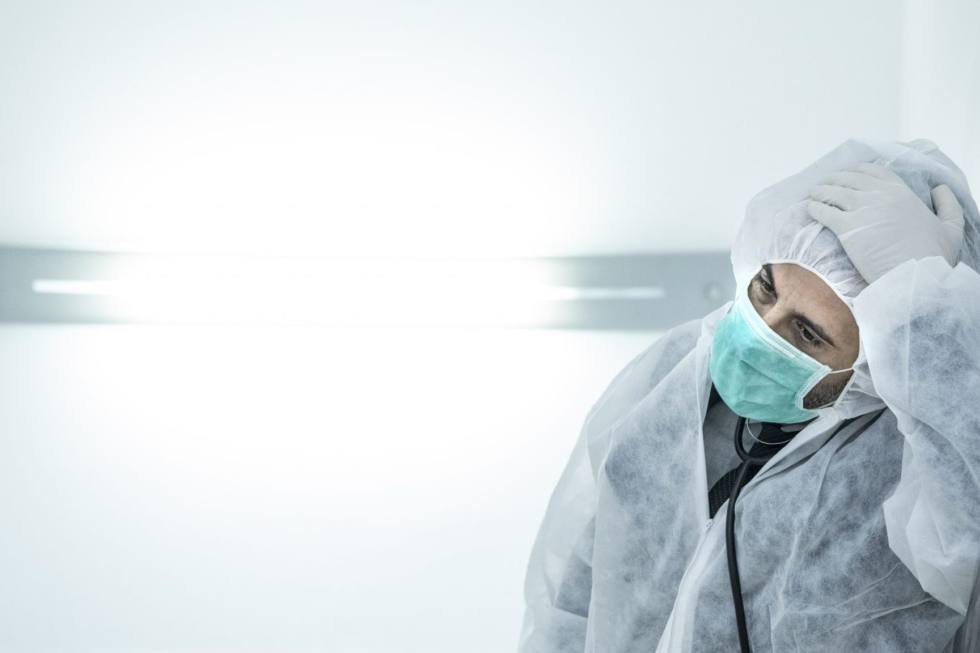Top Nursing Injuries
While nurses are now facing more risks than ever as they work to provide care during the pandemic, nursing has always been a profession with some dangers.
According to OSHA, the healthcare and social assistance industries have some of the highest rates of work-related injuries and illnesses—more, in fact, than any other private industry sector.
So what are the most common injuries nurses face, and what are the most frequent causes of these injuries?
Common healthcare injuries
According to OSHA, healthcare workers in hospital-based settings experience the following five types of injuries at the highest rates:
- Sprains and strains (accounting for more than half of reported injuries)
- Bruises
- Soreness/pain
- Fractures
- Cuts and punctures
“Multiple trauma” is also represented among reported injuries.
The top causes of nursing injuries
To understand possible prevention, however, it’s also important to take a look at the causes of these injuries. For nurses, the top causes of injury, according to the Bureau of Labor Statistics, are:
- Overexertion and bodily reaction
- Falls, slips and trips
- Violent events
- Contact with objects and equipment
- Exposure to harmful substances or environments
- Transportation incidents
Nurses in a hospital setting are at the highest risk, accounting for 74 percent of injuries and illnesses experienced by RNs. But the type of exposure varies based on where a nurse works as well. Nurses in nursing and residential care facilities, for example, are slightly more likely to experience violence at work than hospital-based RNs.
Creating a safer workplace for nurses
For most healthcare systems today, quality care and patient safety are top priorities. Incidents of healthcare-acquired infections or injuries are considered unacceptable. But to truly improve patient safety records, hospitals and other healthcare facilities must also put the focus on employee safety—recognizing the risks workers face and finding solutions to the problems.
In fact, many of the specific issues nurses face may begin to be addressed by system investment, training and management buy-in. The strains, sprains, fractures, soreness and pain that nurses so commonly experience is often the result of unsafe patient handling. Attempting to reposition patients in bed, helping them move from the bed to the toilet or easing patients into a wheelchair can, especially over time, lead to musculoskeletal disorders. Assistive patient handling equipment and devices make the process of moving a patient safer, both for the nurse and the patient.
Violence, too, can be at least partly addressed by employers. OSHA recommends a Workplace Violence Prevention Program, along with engineering controls, administrative controls and training. Simply encouraging nurses to report abuse, including verbal abuse, from patients makes it clear that violence is not tolerated in the healthcare setting.
The pandemic has also made it clear how vital appropriate personal protective equipment (PPE) is to nurse safety. PPE helps nurses continue to provide care, protect their patients from possible infection and head home healthy at the end of their shift.
Georgia Workers’ Compensation Attorneys
If you’re a nurse who has been injured on the job, you need an Atlanta workers’ compensation attorney. Contact the Law Offices of Laura Lanzisera today for a free consultation.
